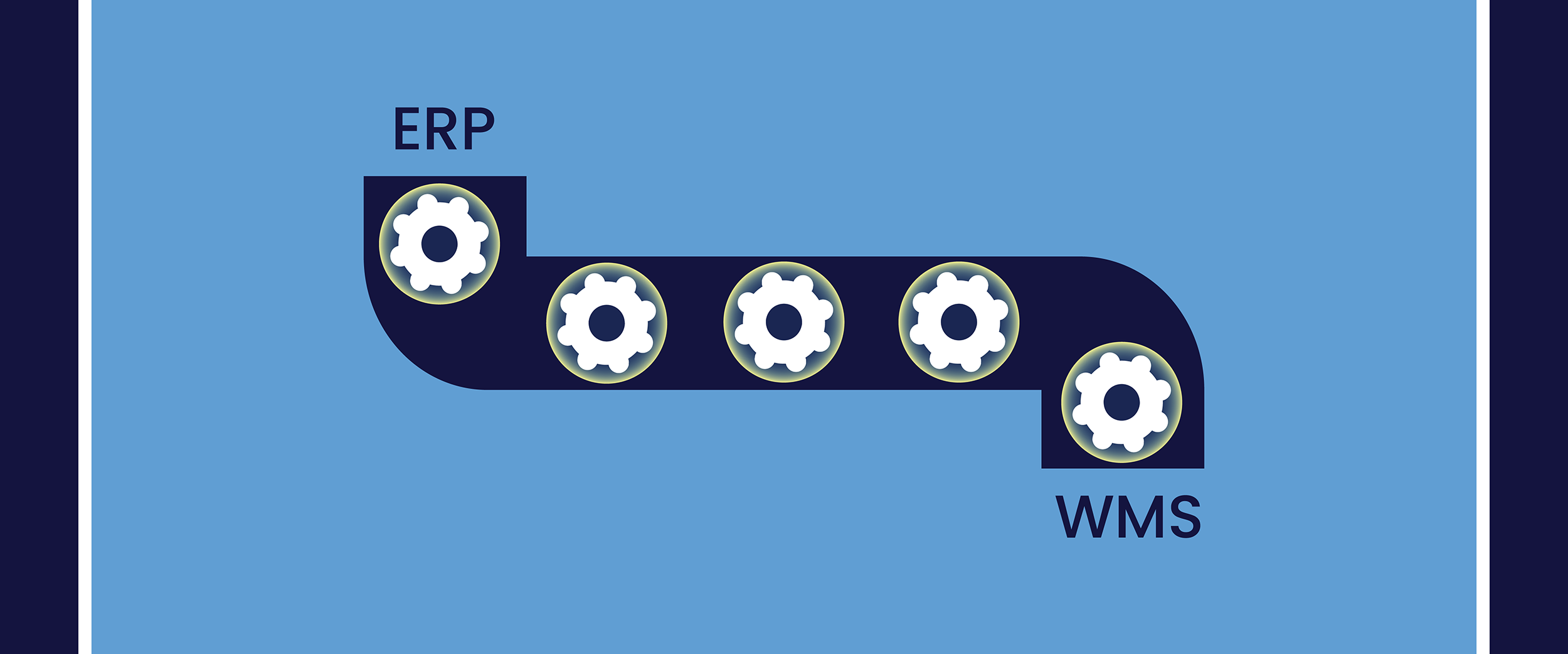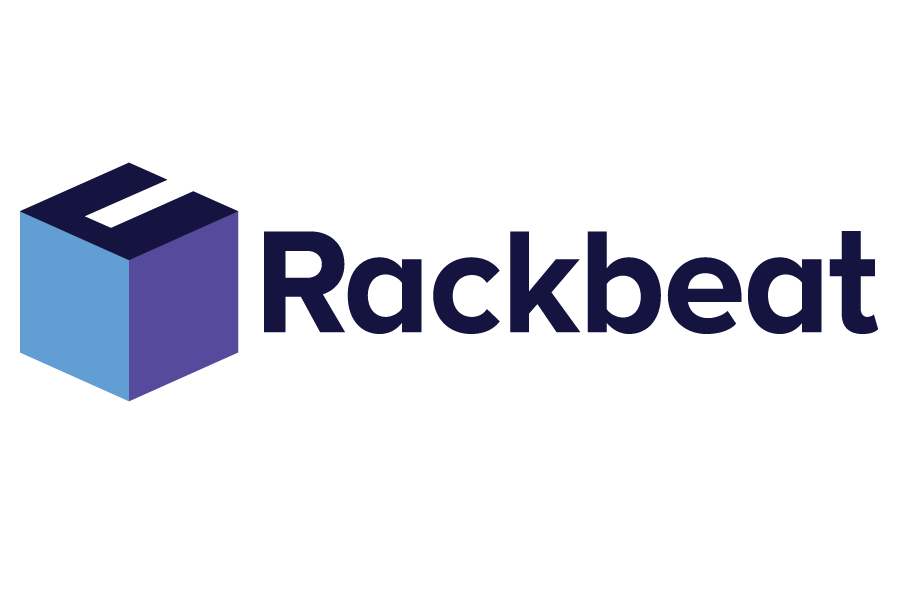How Does Rackbeat Affect My Workflows? From Inventory in a ERP System to Dedicated Inventory Management
By Rackbeat May 17, 2024

When the ERP Inventory Management No Longer Hits the Right Notes
Imagine that you are a conductor, and your ERP system is a large orchestra.
Every day, you try to make the tones flow harmonically throughout the ensemble, with all the vouchers and sales invoices in the accounting section and goods movements over in the warehouse part. But as the music plays on, it becomes clearer that inventory management requires a precision and reach that your current setup can’t always provide.
A new instrument is needed.
While many ERP systems can handle the most basic warehouse functions, such as displaying current stock levels and dispatching a sales order, and some even have a few more advanced features available as add-on modules, they lack the depth and specialization that a dedicated system like Rackbeat offers.
In this guide, we will unfold how switching to Rackbeat can improve and simplify your warehouse processes. But first, we will start by reviewing the key points in transitioning from ERP-based inventory management to Rackbeat, so you are well-prepared for your new workflows.
This way, you don’t have to stress about whether the accounting part and warehouse operations are in sync, but instead, you can sit back and enjoy the interplay.
Enjoy.
Things to Be Aware of When Transitioning from the ERP Inventory to Rackbeat
1. Work Distribution
We recommend that everything related to warehouse work and order handling takes place in Rackbeat, while the accounting part remains within the ERP system. Specifically, this means that sales, purchases, stock adjustments, and inventory transfers are carried out in the warehouse system, i.e., all activities that affect the stock count and the financial value of the inventory.
It’s also important to note that when you create customers or change customer information, it should either be done in Rackbeat or the ERP system—not both, as this will create confusion in the flow of information. It is crucial to establish clear lines for where data is handled and updated to avoid data confusion and synchronization conflicts.
2. The Option to Choose Multiple Warehouse Principles
Rackbeat supports advanced warehouse principles such as FIFO (First-In, First-Out) and average cost, which gives you the option to choose how your financial inventory value should be calculated. You must have a handle on which warehouse principle best fits your business needs before your Rackbeat agreement is set up. The choice of warehouse principle is permanent and should be made carefully to ensure that your financial inventory values are calculated correctly.
3. Get to Know Your New Inventory System
The transition from doing inventory management in an ERP system to Rackbeat’s advanced warehouse system involves a bit of preparation, as Rackbeat offers more options and features than you might be used to. It is therefore crucial that you take the time to understand how Rackbeat works.
We thus advice you to take advantage of Rackbeat’s free 14-day trial period. During this trial, we recommend that you use our pre-set demo data, which allows you to thoroughly explore all the system’s functions without affecting your own business data.
4. Consider Your Needs and Have a Chat with Us
It’s really valuable to have an informal chat about your needs with a specialist when you are preparing the transition to a new warehouse system. However, before you enter into dialogue, it is important that you have a clear understanding of your business’s specific requirements. Analyze your current work processes and identify exactly what challenges you expect Rackbeat to address, and what your goals are with the implementation of the new inventory system.
5. Book a Free Rackbeat Presentation
Even if you do not have complete clarity over your needs yet, Rackbeat offers a personal demonstration of our system. During this demonstration, a specialist will first have an initial conversation with you about your needs. Then, they will demonstrate how Rackbeat can meet these needs. This gives you a concrete understanding of how your work processes can be optimized with Rackbeat.
This was a brief introduction to how the implementation of Rackbeat will affect your workflows. Now we move on and review a small excerpt of the many benefits you gain, the inventory system provides you.
The Great Features of Rackbeat
In addition to providing basic warehouse functions, such as the ability to organize your warehouse into different sub-locations, perform inventory counts, handle stock adjustments, and give you real-time updates on goods movements, Rackbeat also offers you:
1. Free Synchronization of Data
Rackbeat releases and simplifies the flow of data between your warehouse system and ERP system. This involves seamless integration, where sales invoices, supplier invoices, products, bills of materials, customers, suppliers, and item consumption are automatically synchronized. For example, when a sales order is posted in Rackbeat, the invoice is automatically sent to your ERP system as a draft or posted entry. Newly created customers and items are also automatically transferred, eliminating double work.
2. User-Friendly Purchasing Management with Reordering Reminders
With Rackbeat’s purchasing management, you can place an order directly with your supplier without needing to make phone calls, switch to other systems, or search for contact information. When your goods then arrive at the warehouse, you can immediately register them, after which Rackbeat updates your inventory. You also have the option to receive automatic reminders about the need to reorder items when a product’s inventory falls to the set minimum threshold. This means you neither order less nor more than you need. And that means you can meet customer demand and keep your tied-up capital in the inventory at a reasonable level.
3. Data-Driven Operations with Detailed Reports
Rackbeat offers you comprehensive reports that provide you with deeper insights into your goods movements across the board. These include the financial inventory report, which will not only please your accountant but also give you a clearer understanding of the financial inventory value of goods throughout the supply chain—from purchase to sale and billing. Purchase and sales statistics equip you to make well-informed purchasing decisions based on both current and historical data. Are you now trading with the right suppliers at the best purchase prices? And do the items you buy in large quantities sell enough to justify the investment?
4. Inventory-Free Sales with Dropshipping
Rackbeat makes it easier for you to sell products without having to physically store them in your own warehouse. With the dropshipping feature, you can link your sales orders directly to your supplier’s warehouse, meaning you can sell goods directly from the supplier to your customer. This not only reduces the costs and administrative work associated with maintaining a warehouse but also the complexity in managing goods movements.
5. Smart Manufacturing Features
If you produce your own goods, Rackbeat also has a few features that will streamline this part of your business. You have the option to create bills of materials, make production orders, and access a full overview of all your production orders. This will help you optimize your production speed and efficiency, which is something most ERP systems do not offer.
Now, there is nothing left but to see the functions in full bloom. Therefore, we recommend that you book a free presentation of Rackbeat with a specialist, so you can get to know the system thoroughly.




